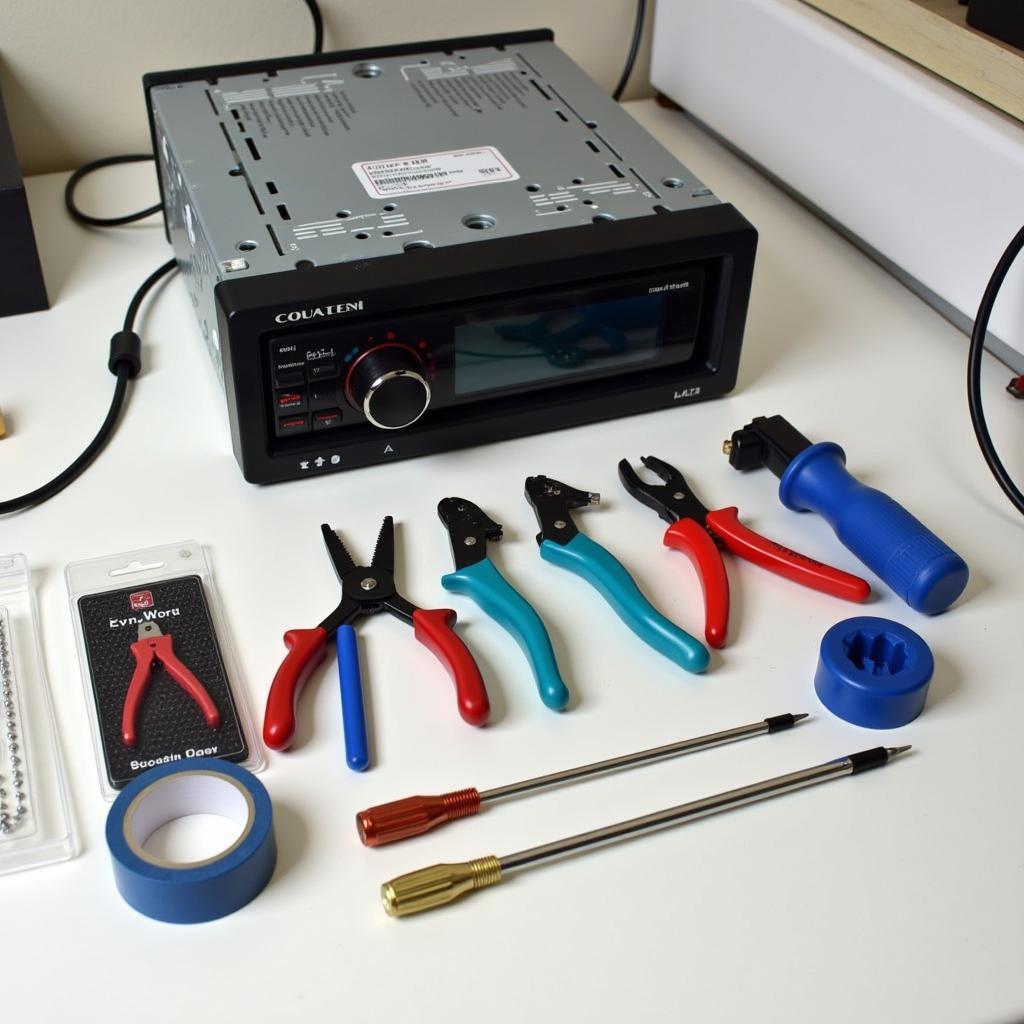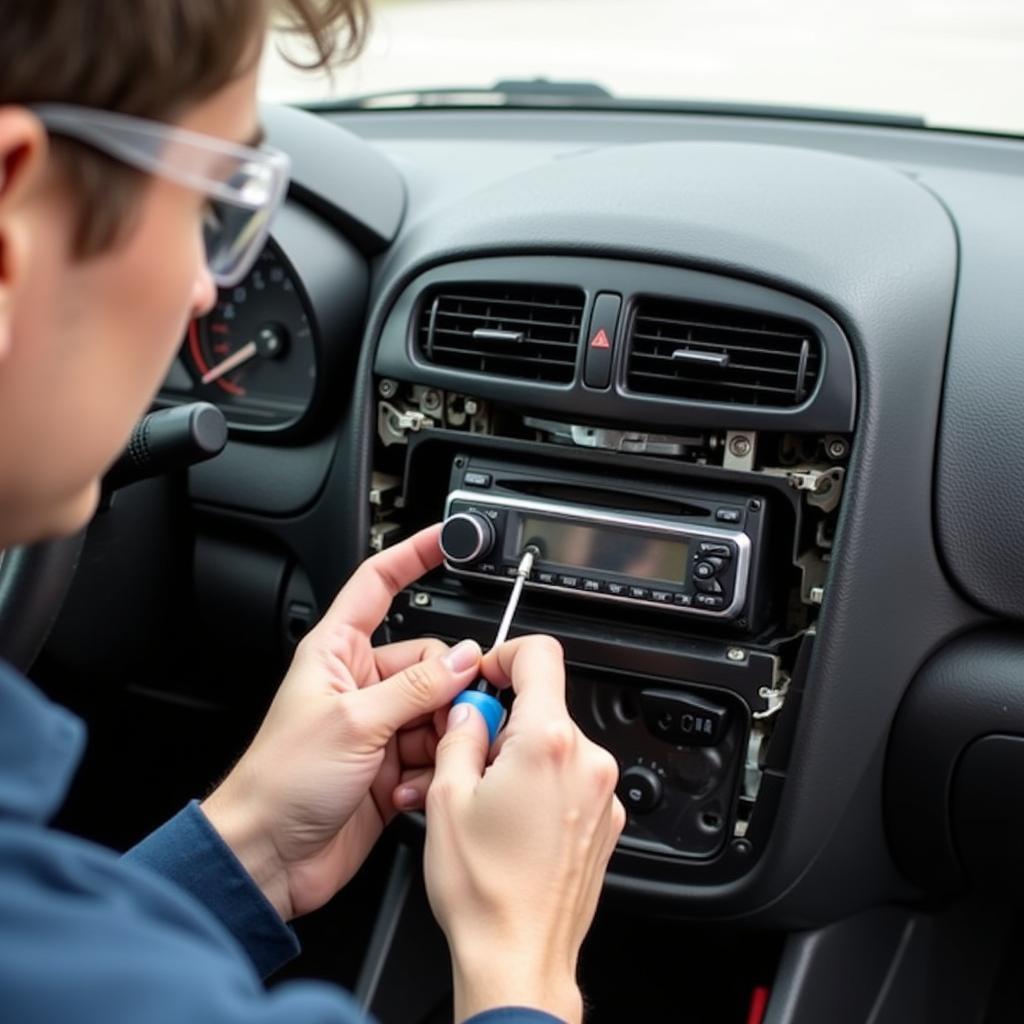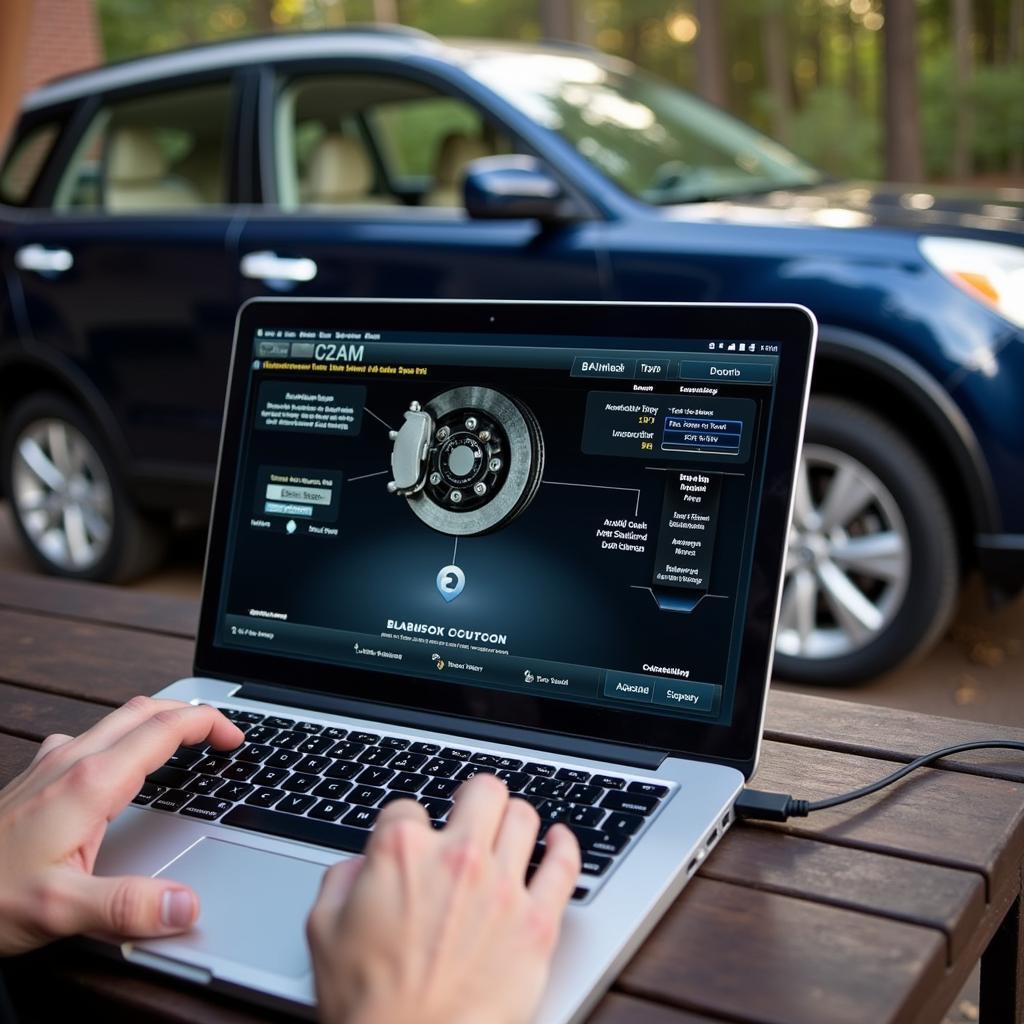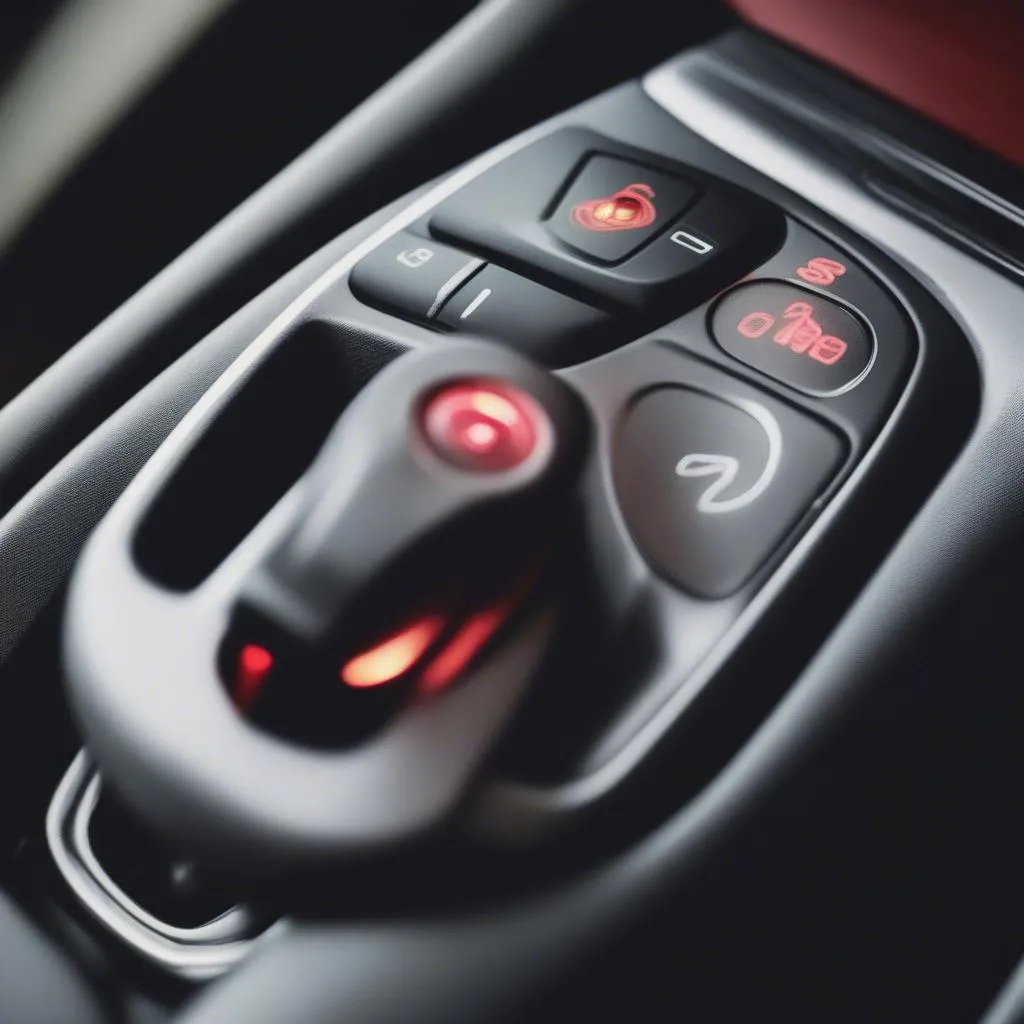Upgrading your car’s audio system can drastically improve your driving experience. Knowing how to install a car radio yourself can save you money and give you the satisfaction of a DIY project well done. This guide will walk you through the process, from choosing the right radio to troubleshooting common issues.
 Car Radio Installation Tools
Car Radio Installation Tools
Choosing the Right Car Radio
Before diving into the installation, selecting the right head unit is crucial. Consider features like Bluetooth connectivity, Apple CarPlay/Android Auto compatibility, and built-in amplifiers. Also, check the radio’s dimensions to ensure it fits your car’s dashboard. You can often find helpful resources online, like articles on jvc car radio installation. Don’t forget to research the wiring harness required for your specific car model.
Gathering the Necessary Tools
Having the right tools on hand will make the installation process smoother. You’ll need a screwdriver set, wire strippers/crimpers, electrical tape, a panel removal tool, and potentially a wiring harness adapter. A multimeter can also be helpful for troubleshooting.
Preparing for Installation
Disconnect the negative battery terminal to prevent electrical shocks. Carefully remove the trim panels around your existing car radio using the panel removal tool. This often involves gently prying the panels loose. is it hard to install a car radio. Not really, with the right preparation. Once the panels are removed, you’ll have access to the screws securing the old radio.
 Removing the Old Car Radio
Removing the Old Car Radio
Wiring the New Car Radio
This is often the most complex part of the installation. Match the wires from the new radio’s harness to the car’s wiring harness using the wiring diagram. If you need help figuring out who can assist with this process, you can find more information on who can install a car radio. Use the crimpers to connect the wires securely and insulate them with electrical tape. Some radios require a separate power wire connection to the car’s fuse box.
Securing the New Radio
Once the wiring is complete, slide the new radio into the dashboard slot. Secure it using the mounting screws or brackets. Reconnect the negative battery terminal.
Testing the New Radio
Turn on the car’s ignition and test all the radio’s functions, including the speakers, Bluetooth, and any other features. If you encounter any issues, double-check the wiring connections.
Troubleshooting Common Problems
- No Power: Check the fuse in the car’s fuse box and the power wire connection to the radio.
- No Sound: Verify the speaker wire connections and the radio’s fader/balance settings.
- Poor Reception: Ensure the antenna is properly connected.
How do I install a car radio with a navigation system?
Installing a car radio with navigation is similar to a standard installation, but may involve connecting a GPS antenna.
What if my car has steering wheel controls?
You may need a steering wheel control adapter to integrate them with the new radio.
Can I install a car radio myself if I’m not technically inclined?
While it’s possible, professional installation is recommended if you’re unsure about any aspect of the process.
“A well-installed car radio can transform your daily commute,” says John Smith, a certified automotive electronics technician. “Taking your time and following the instructions carefully will ensure a successful installation.”
Remember to consult your car’s owner’s manual and the radio’s instructions for specific guidance. Installing a two-way radio in your car has a slightly different process. Check out this guide on how to install two way radio in car for more information. If you’re in Brisbane and need professional help, consider checking out services for car radio installation brisbane. Knowing how to install a car radio not only saves you money but also allows you to customize your car’s audio system to your liking.


